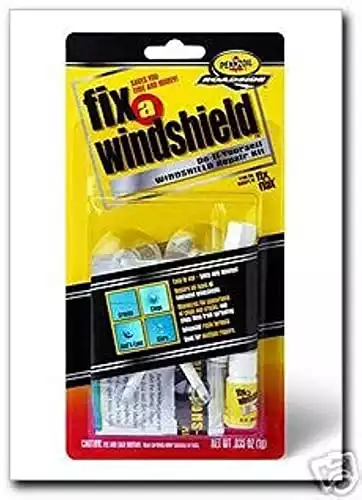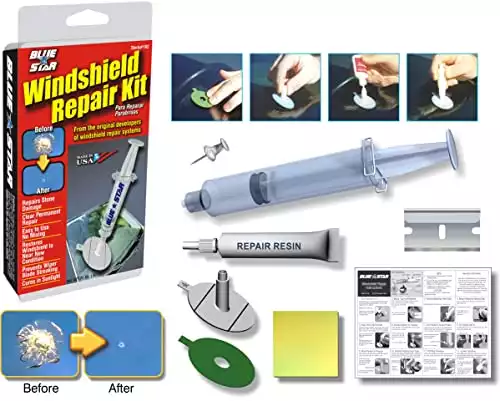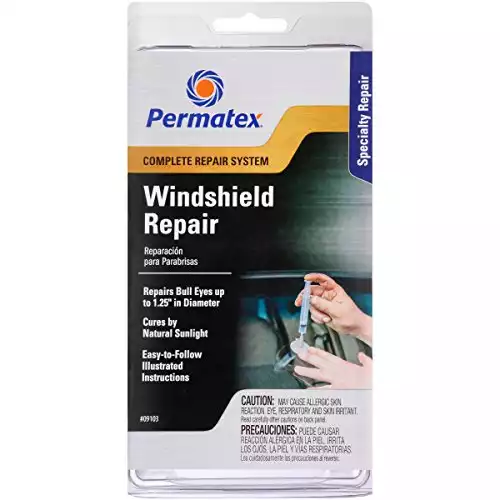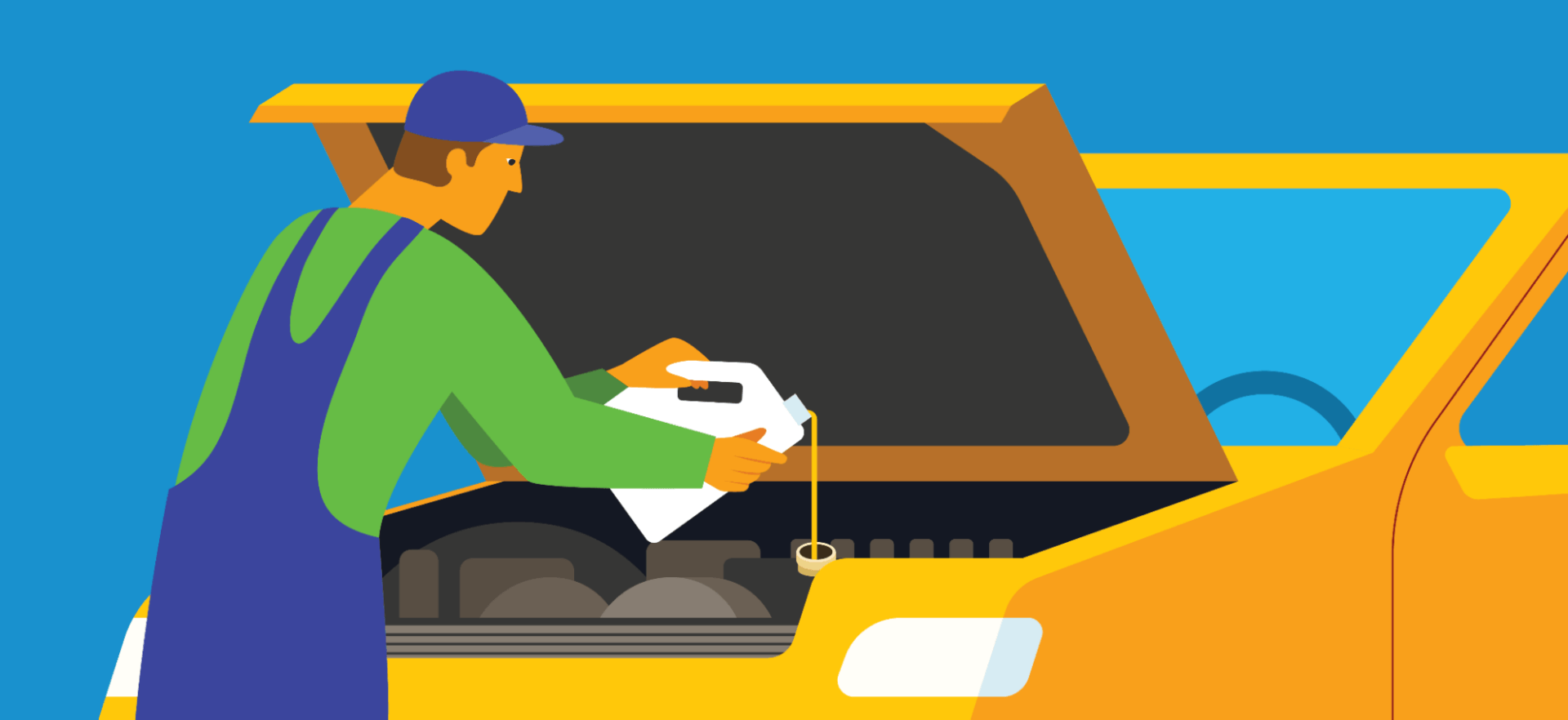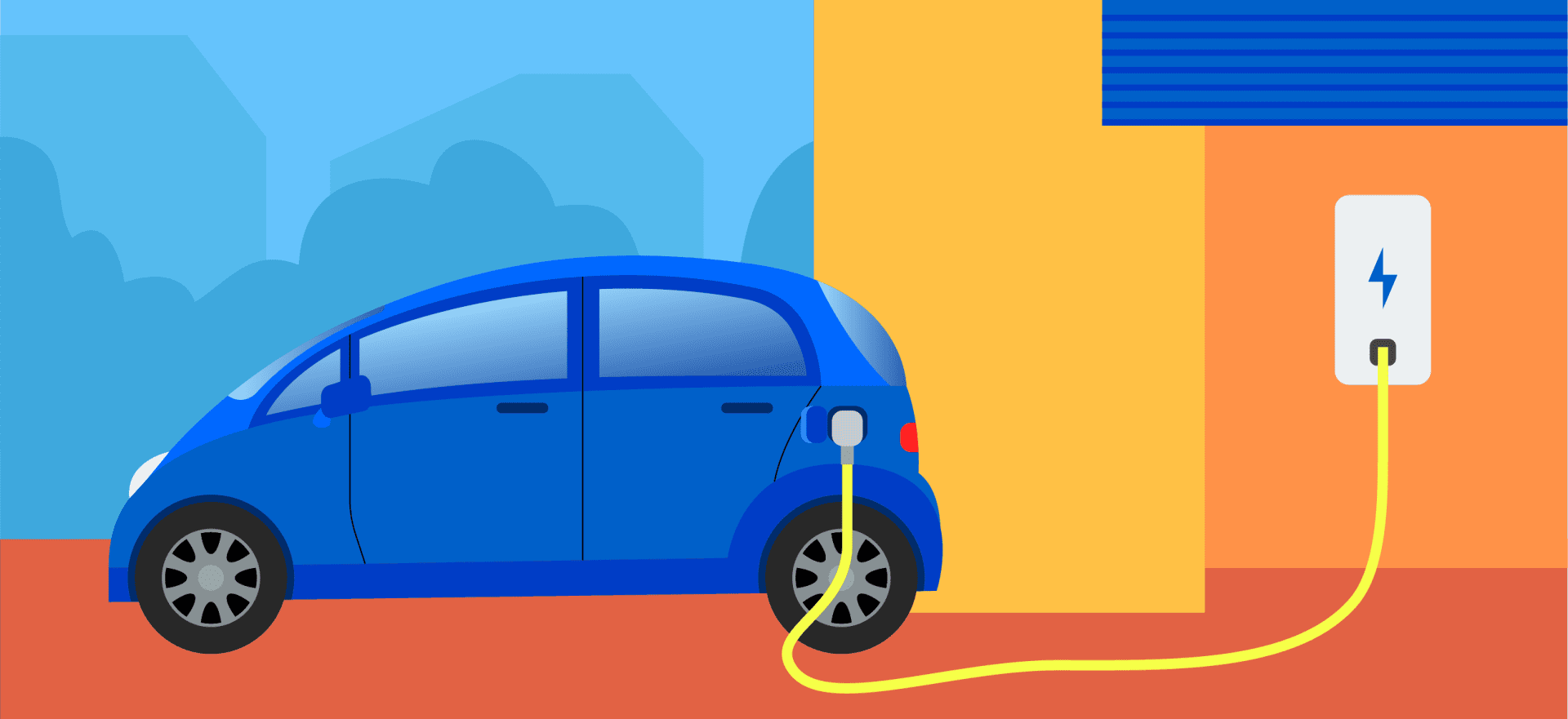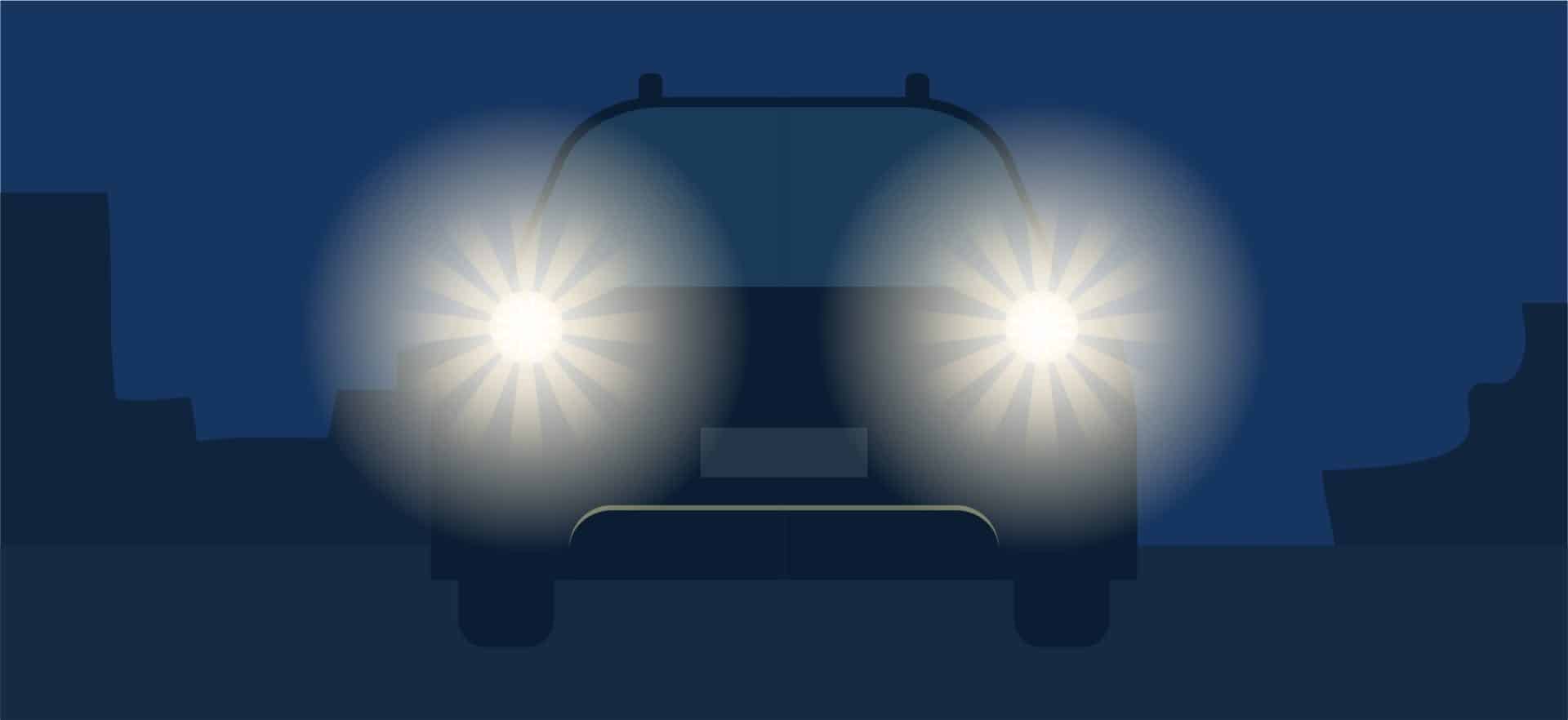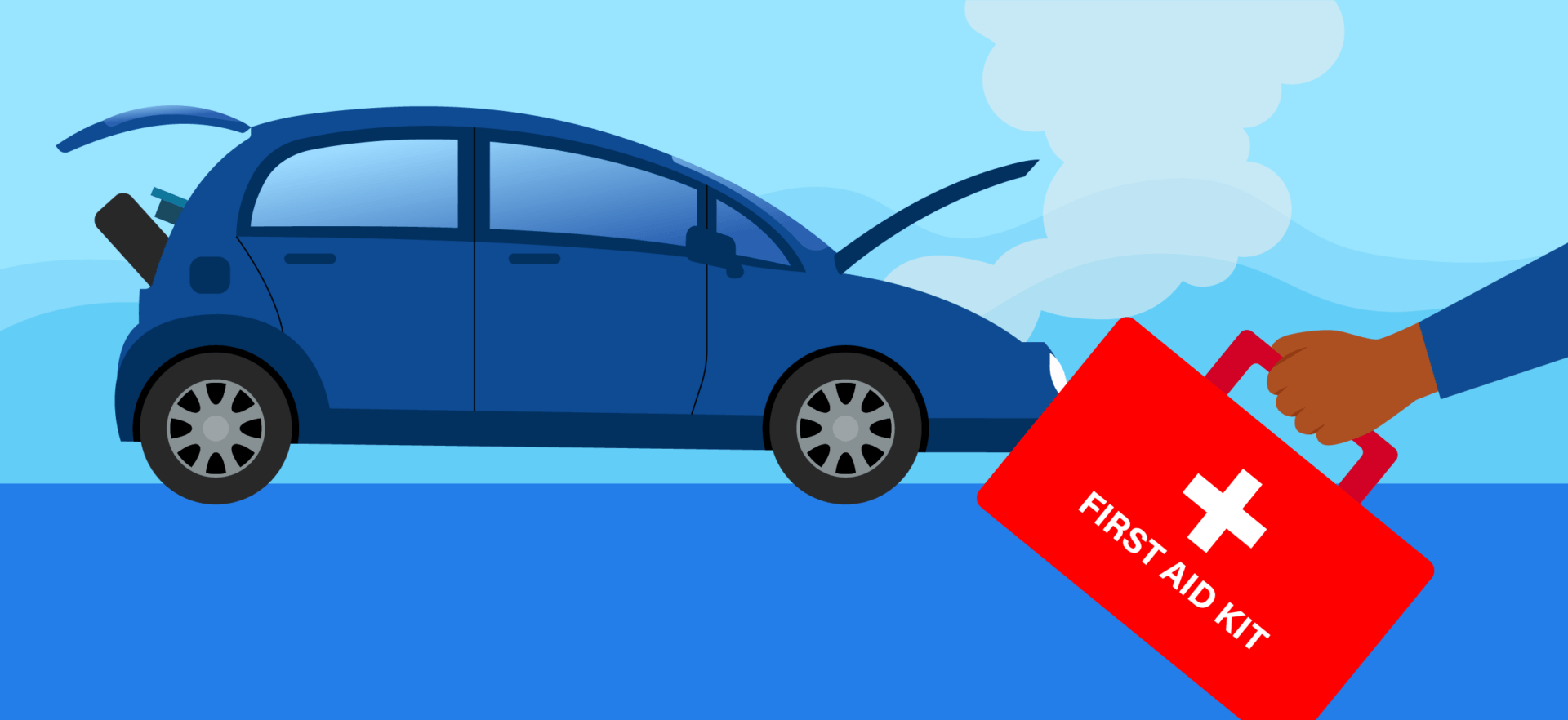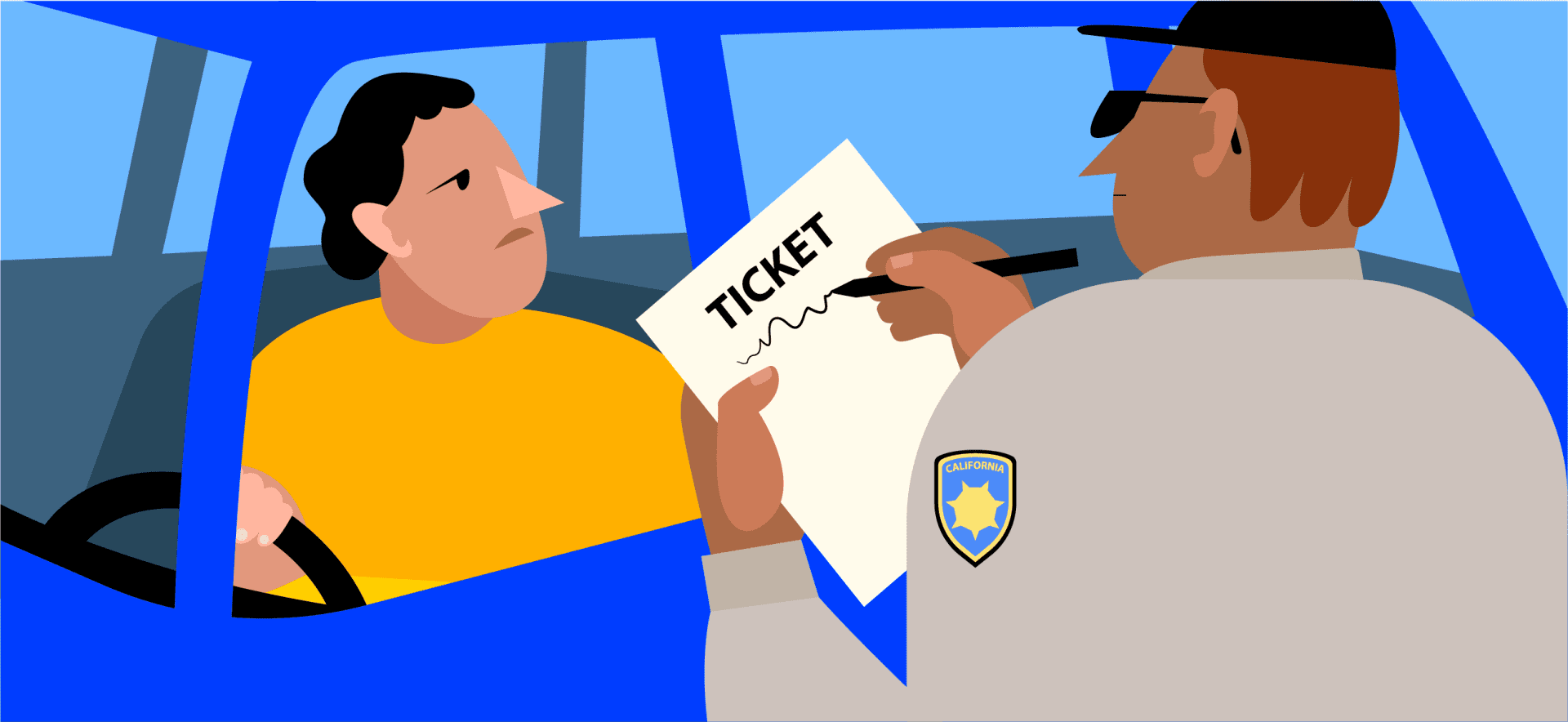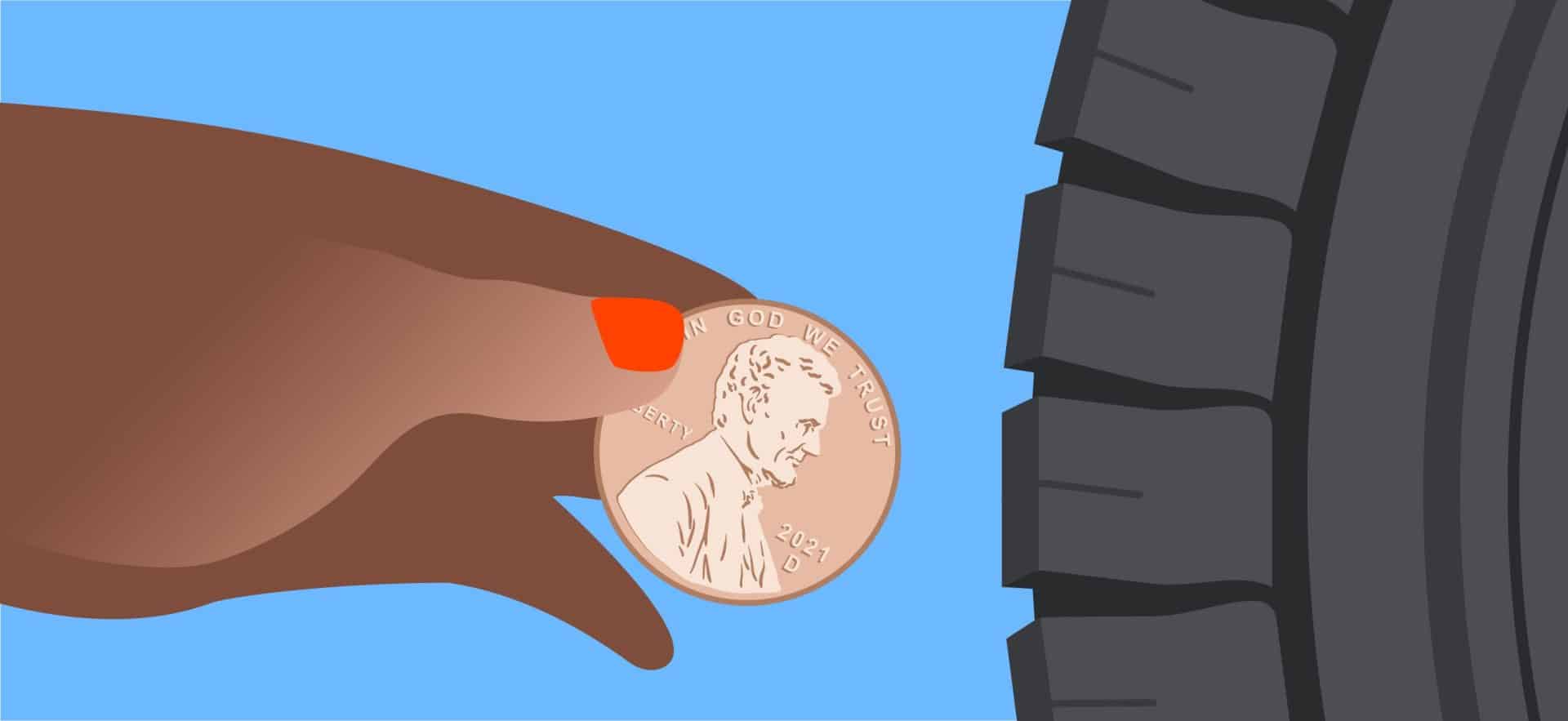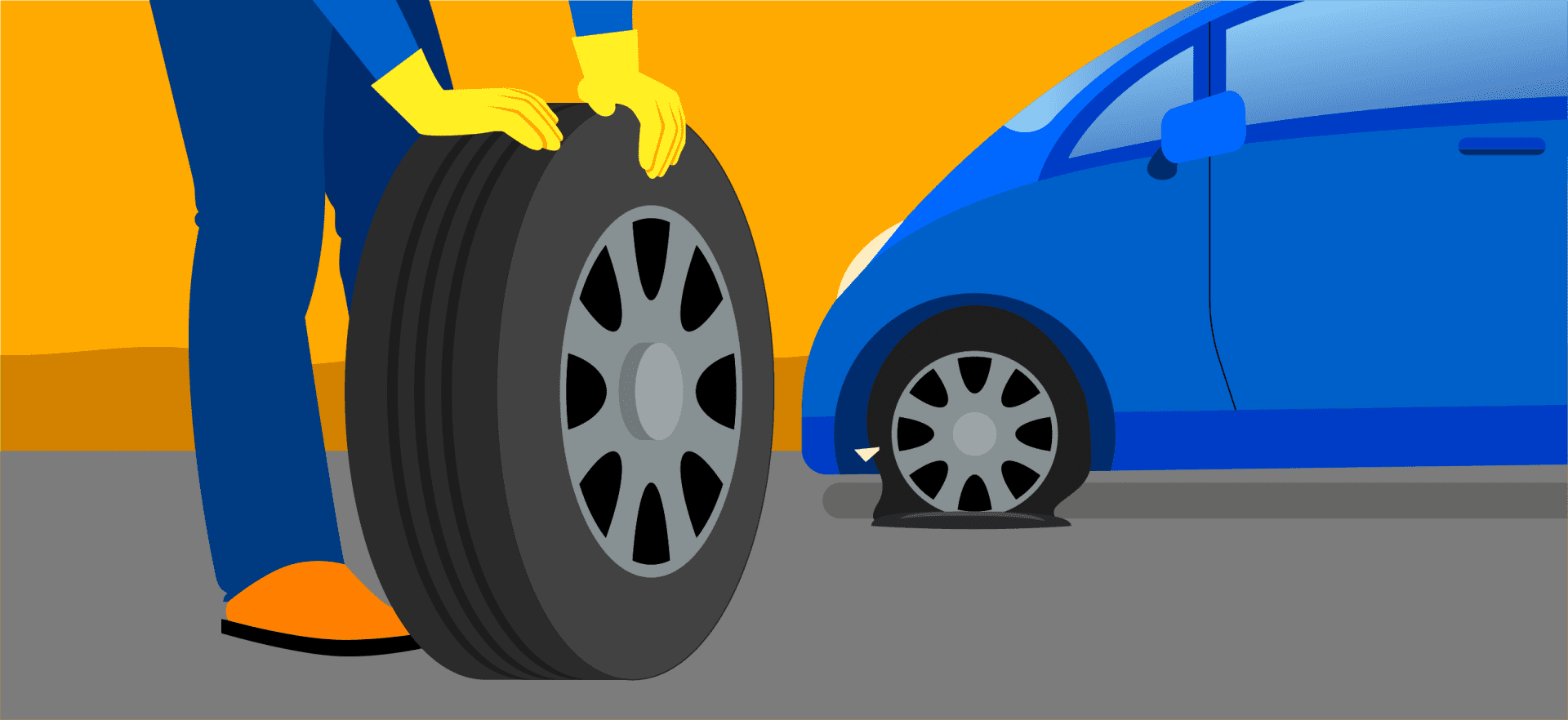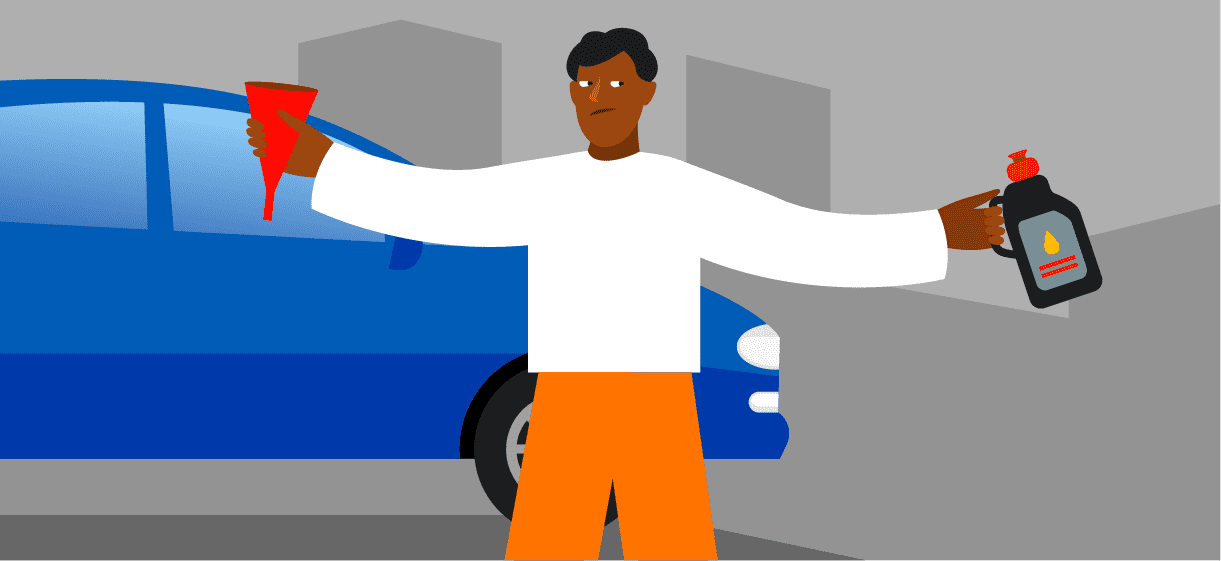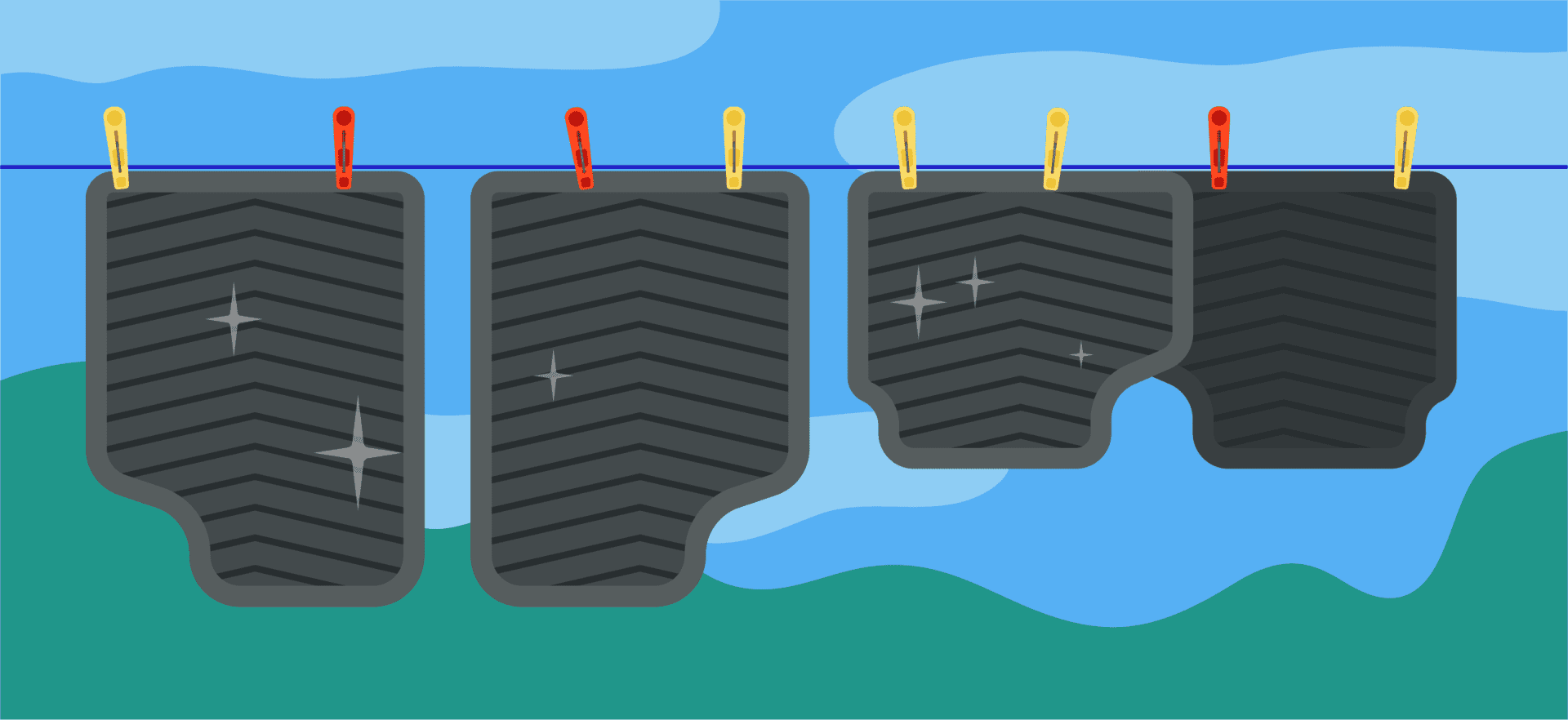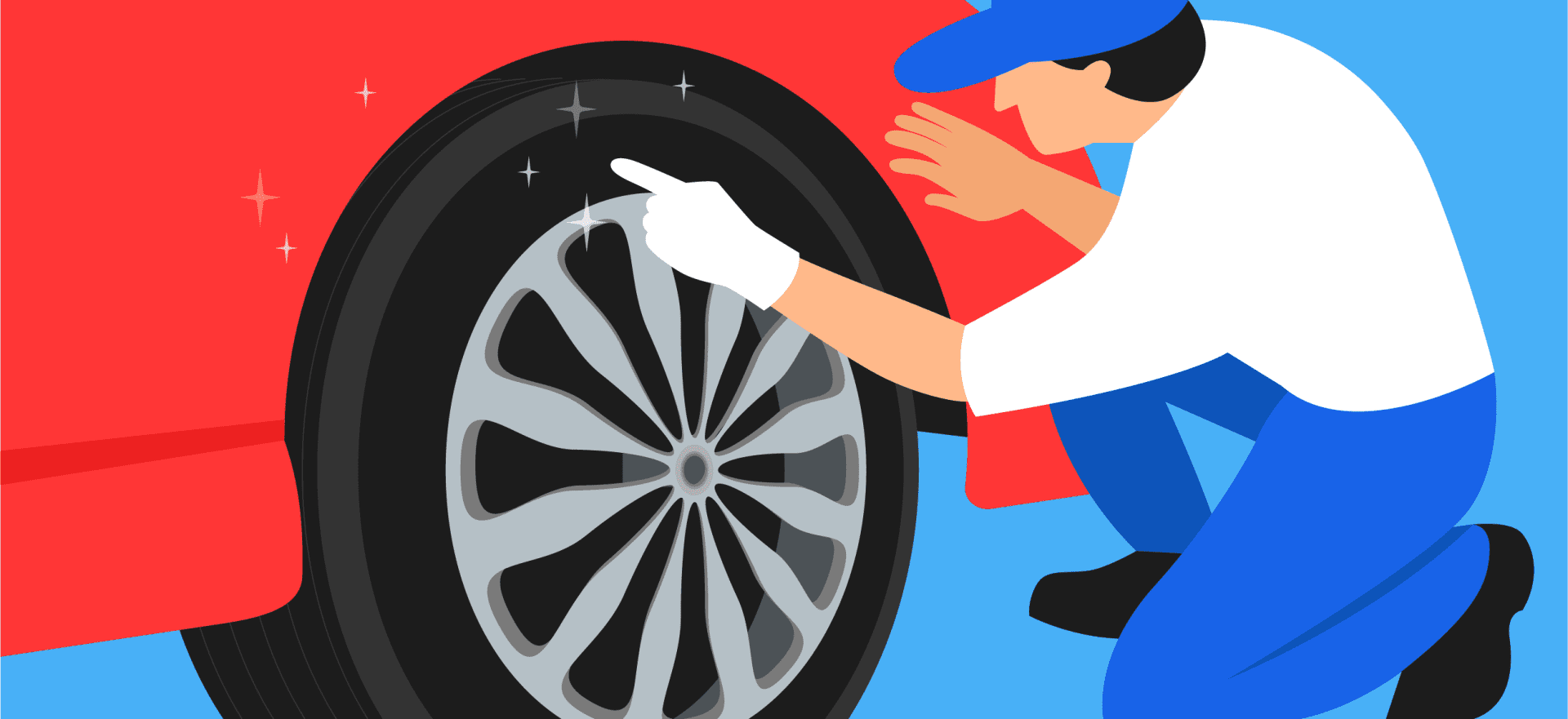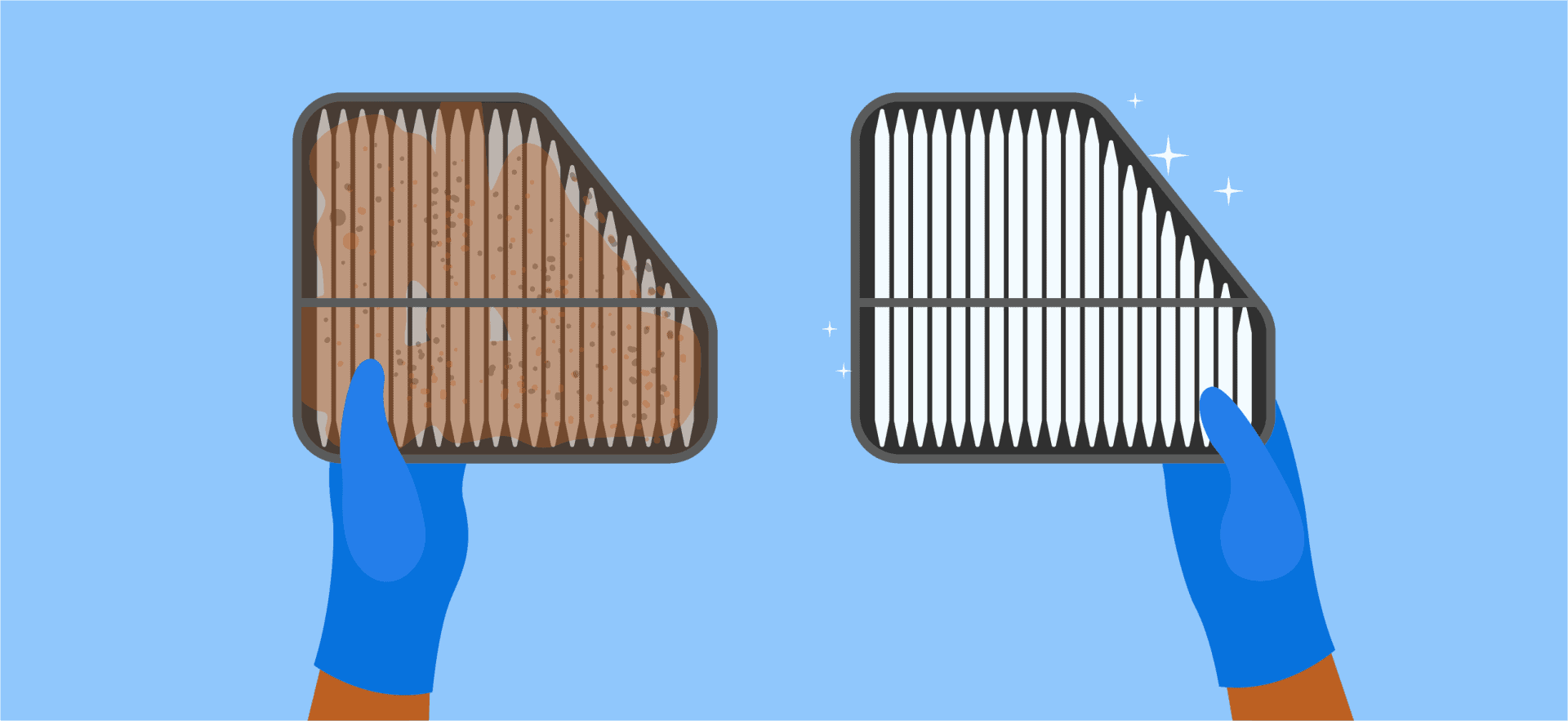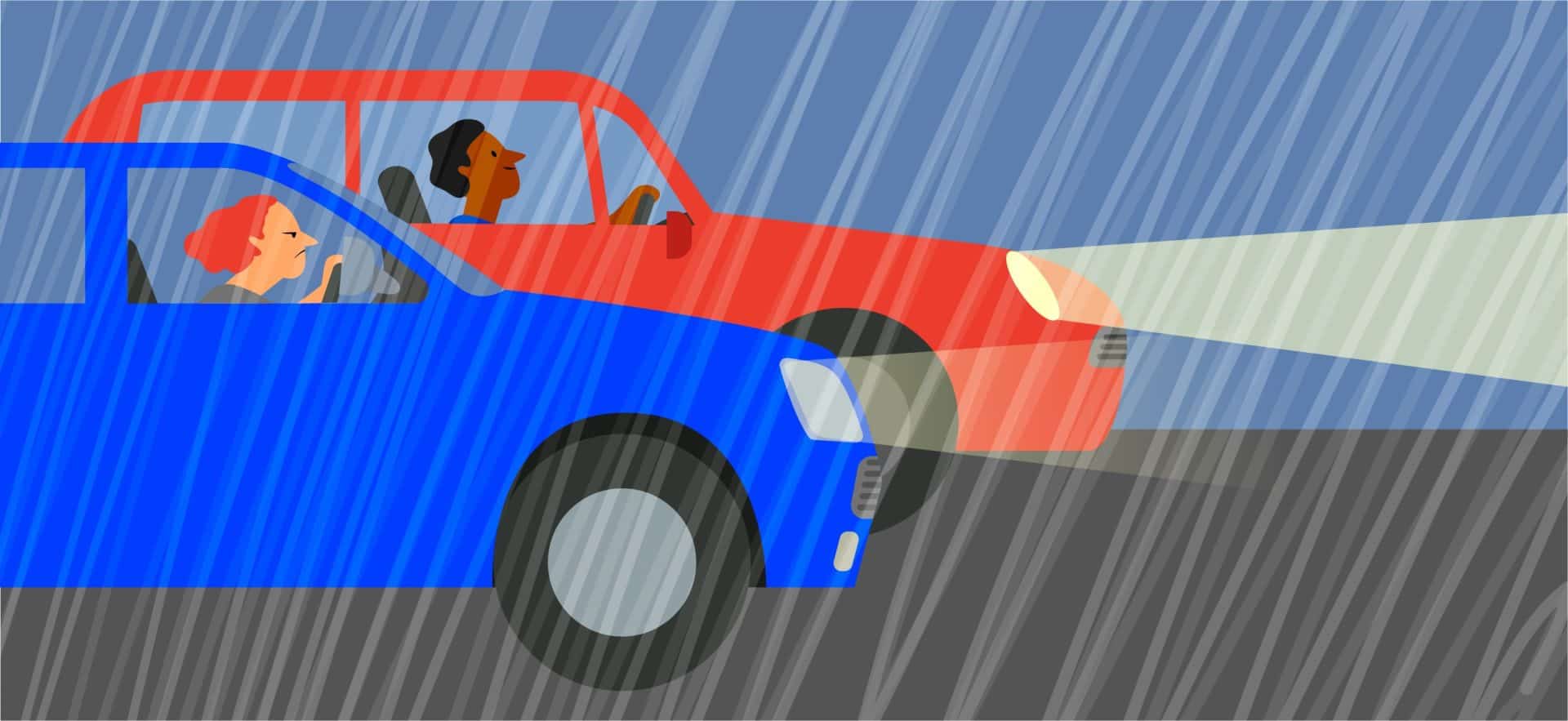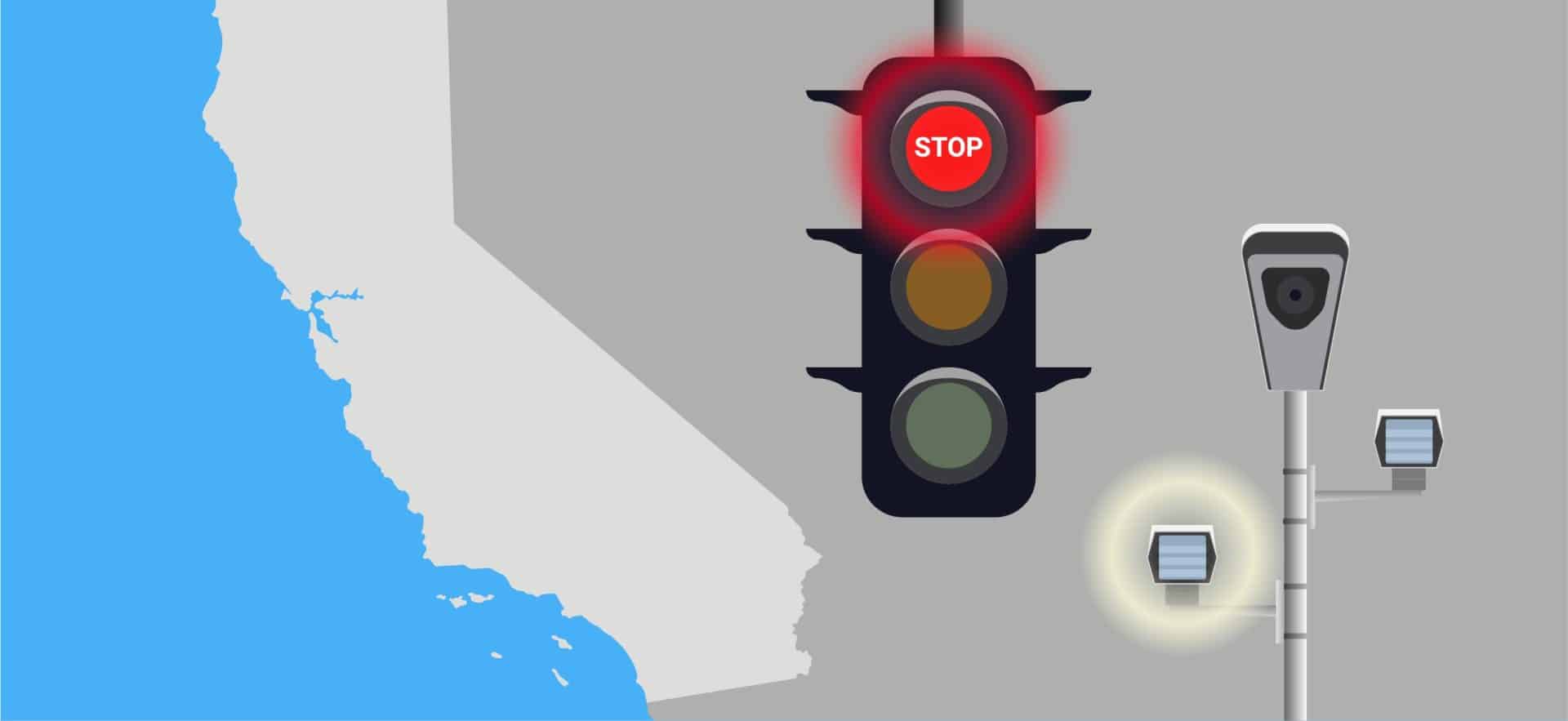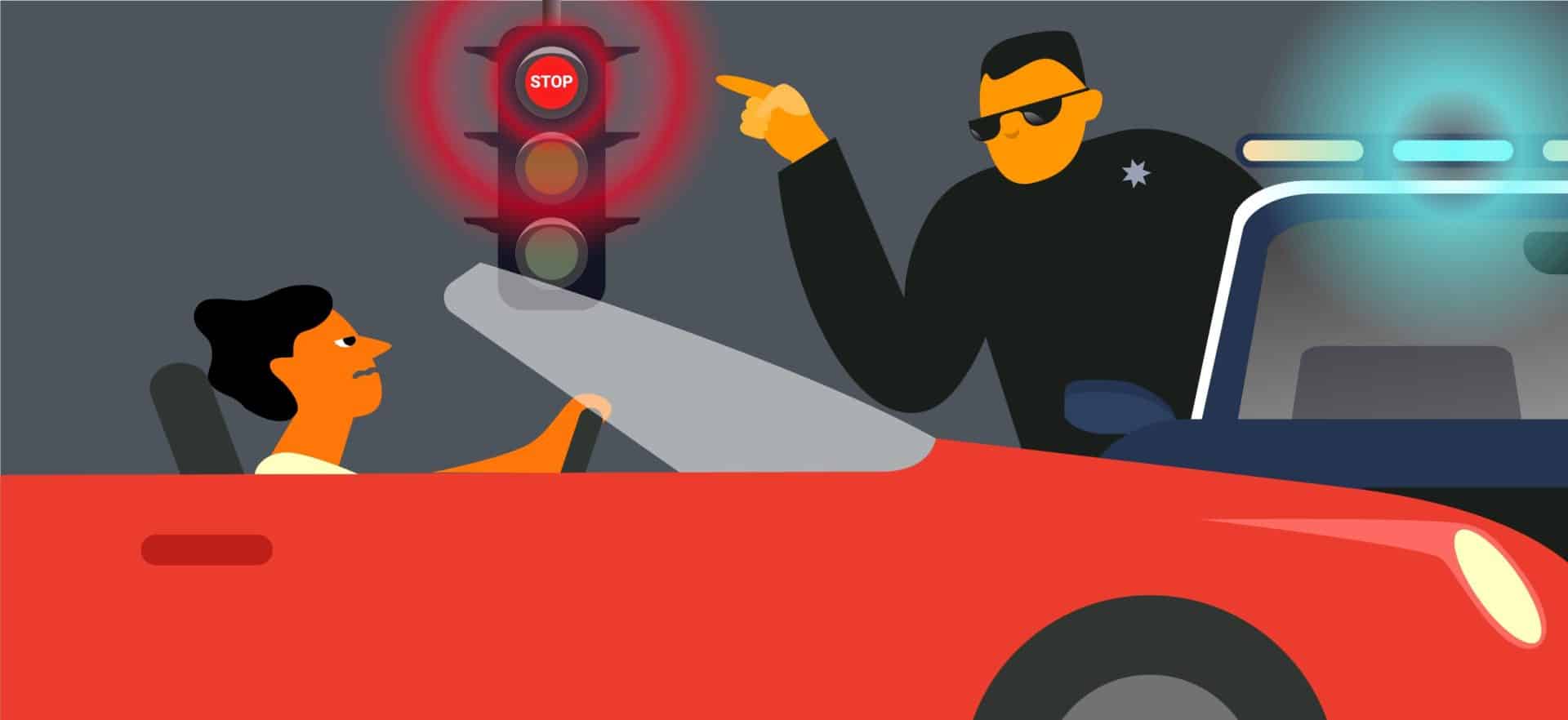If you’ve ever groaned at the sight of a new chip or crack on your windshield, you’re in good company. Such damages, while common, can hinder visibility and compromise safety. As the first barrier against external elements when driving, it’s paramount that your windshield remains in top condition.
In this comprehensive guide, we’ll walk you through the steps to address these blemishes. From understanding the nuances between a chip and a crack to exploring top-tier windshield repair kits, we aim to restore both clarity to your windshield and peace of mind. Dive in to make your car look as pristine as the day you got it.
Common Causes of a Cracked Windshield

Every car owner has their story – a rogue rock from the highway, an unexpected encounter with a bird, or a branch succumbing to stormy winds. The reality is, there’s no shortage of culprits when it comes to a cracked windshield. Let’s delve into some of the most prevalent causes:
- Road Debris:
- Rocks and Pebbles: These can get catapulted by vehicles ahead, causing small dents or even severe cracks if the impact is strong enough.
- Trash and Metal Fasteners: Littered items, including nails, screws, and other small metal objects, pose a dual threat – damaging both your windshield and tires.
- Birds and Bugs:
- Birds, especially when in flight, can cause significant dents upon collision.
- While smaller insects may seem harmless, larger ones can potentially inflict damage upon forceful impact.
- Weather and Temperature: Rapid temperature fluctuations can stress the glass, making it prone to cracks. Moreover, hailstorms or debris carried by strong winds can be detrimental to your windshield.
- Incorrect Installations: An improperly installed windshield might not sit well within its frame, making it vulnerable to cracks, especially under pressure or during collisions.
Types of Windshield Damage
Before diving into solutions, it’s pivotal to correctly identify the kind of damage your windshield has sustained. This categorization not only helps in understanding the extent of damage but also guides the repair process. Here’s a detailed breakdown:

- Cracks:
- Stress Crack: Often the result of prolonged wear and tear, stress cracks can also emerge due to extreme temperature shifts.
- Floater Crack: Originating at least two inches away from the edge, these cracks can grow if exposed to further temperature variations.
- Edge Crack: Starting at the windshield’s edge and moving inwards are essentially the antithesis of floater cracks.
- Major Cracks: These extensive fractures span across the windshield, necessitating immediate professional replacement.
- Chips:
- Chip: Typically the aftermath of a direct impact, these minute indentations, if untreated, can evolve into more serious cracks.
- Star Crack: Characterized by minor cracks radiating from a central point, creating a star-like pattern. Generally, these can be efficiently addressed with glass filler.
- Bullseye Crack: Resembling a target, this chip features a central indentation surrounded by circular damage.
- Half-moon: Similar to the Bullseye, but the circular shape isn’t complete, making it resemble a half-circle or semi-circle.
- Combination Breaks: At times, a windshield endures multiple impacts, leading to a blend of chips and cracks. Given the intricacy of such damage, professional replacements are often recommended over repairs.
DIY Windshield Repair
Ever thought of fixing your windshield by yourself? With the right tools and guidance, you can! But remember, safety first!
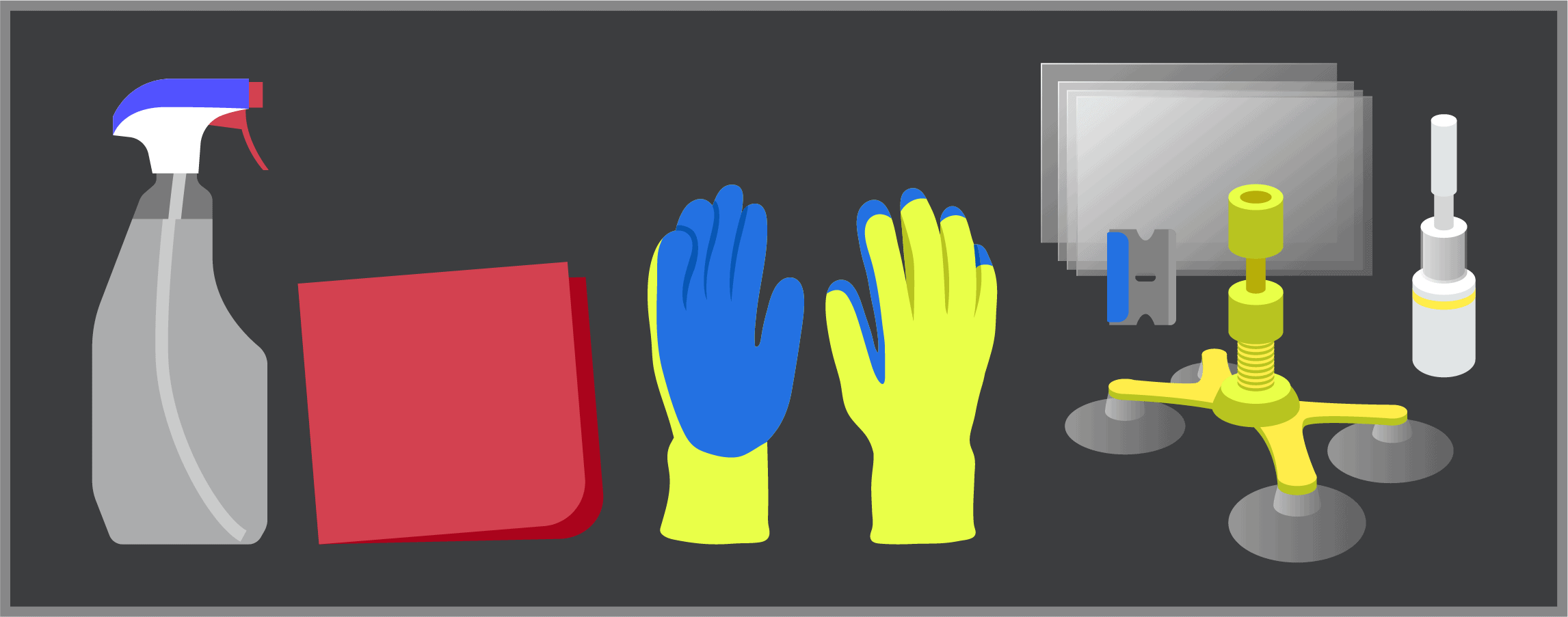
Essential Tools For Windshield Repair:
- Windshield Repair Kit: One recommended option is the Rain-X Fix a Windshield Do-It-Yourself Windshield Repair Kit. This comes packed with a 1-gram bottle of resin, a repair device, curing strips, and a razor blade.
- Microfiber Cloth: To ensure your windshield is clean.
- Window/Glass Cleaner: For a streak-free shine.
- Work Gloves: Safety first! Ensure you’re protected from potential shards.
- Compressed Air (Optional): Useful for blowing away minute glass pieces.
- Pit Polish (Optional): For that finishing touch.
How to Repair Your Windshield

Follow our step-by-step guide to repair chips in your windshield:
- Size Up the Damage: Is the chip larger than an inch (roughly the size of a quarter)? It’s best to consult professionals. If it’s smaller, let’s get fixing!
- Clean Your Windshield: Use the glass cleaner and microfiber cloth for a streak-free shine.
- Remove Debris: Wear those gloves! Safely remove any tiny glass shards, using compressed air if necessary.
- Prepare Your Repair Kit: Each kit might have a unique tool, be it a bridge, sticker, or suction cup. Follow the kit’s instructions.
- Apply Resin: Position the resin injector over the chip, introduce the resin, and then extract the air. Your kit’s instructions will guide you on the duration.
- Cure the Resin: Using either direct sunlight or a UV light, allow the resin to set.
- Top Up If Needed: If there’s still an indentation, add leftover resin or use windshield pit filler to level it out.
- Remove Excess Resin: Use a razor blade to ensure your windshield surface is smooth.
- Finishing Touches: For a polished finish, apply pit polish on a paper towel and blend seamlessly.
By now, your windshield should be almost as pristine as when it was new! Plus, the fixed chip won’t grow into a larger issue.
Windshield Repair Curing Time
Curing Time: On average, 3 to 6 hours are required. However, to play it safe, avoid getting your car wet for an extended period post-repair. So, skip that car wash and be cautious of rainy forecasts!
Choosing the Right DIY Windshield Repair Kit
Making the decision to repair your windshield on your own is commendable, but your success largely hinges on the kit you choose. A good kit can make the difference between a seamless repair and a frustrating experience. To help you navigate the numerous options on the market, we’ve handpicked three of the best DIY windshield repair kits available:
1. Rain-X Fix a Windshield Do-It-Yourself Windshield Repair Kit
- Easy to use-takes only minutes
- Repairs all types of laminated windshields
- Minimizes the appearance of chips and cracks, and stops them from spreading
Pros:
- Versatile, addressing cracks, chips, bullseyes, and stars.
- Can be used for multiple repairs.
- Comprehensive kit with resin, repair device, and more.
Cons:
- Limited to damages not exceeding one inch in diameter and cracks not longer than 12 inches.
- Can’t fix windshields with multiple layers of damage.
2. Blue-Star Windshield Repair Kit
- Cost Effective Repairs
- Prevents damage spread
- Restores windshield to near new condition
Pros:
- Affordable and extremely user-friendly.
- Unique vacuum syringe adheres effortlessly to the windshield.
Cons:
- Only suitable for chips, not cracks.
- Single-use due to limited resin and one-time adhesive.
3. Permatex 09103 Windshield Repair Kit
- Make permanent air-tight repairs of bullseye damage up to 1 1/4" on most laminated windshield glass
- Professional quality repairs with no mixing required
- Complete kit provides everything needed for the repair including easy-to-follow instructions with photographs; single use kit
Pros:
- Popular and affordably priced.
- Quick and easy process.
- Comes with a comprehensive set of tools for small chips.
Cons:
- Repairs limited to bullseye damages up to 1 ¼ inch.
Professional Windshield Repair and Replacement
Benefits of Professional Assessment and Repair:
- Expertise: Professionals have the skills and experience to assess the type and extent of the damage, providing the most effective solution.
- Tools and Materials: Professional services have access to high-quality materials and advanced tools to ensure repairs are durable.
- Safety: A properly repaired or replaced windshield contributes to the structural integrity of the vehicle, especially during collisions.
- Time-Efficient: With their expertise, professionals can complete repairs or replacements quickly, minimizing the downtime of your vehicle.
- Guarantee: Many professional services offer guarantees on their work, providing peace of mind for the vehicle owner.
How to Find Reliable “Near Me” Services for Windshield Repair and Replacement:
- Online Reviews: Check platforms like Google My Business, Yelp, and Angie’s List to read reviews of local services.
- Recommendations: Ask friends, family, or colleagues for recommendations.
- Certifications: Ensure the service provider has the necessary certifications and licenses.
- Insurance Partnerships: Some professional services have partnerships with insurance companies which can simplify the claim process.
Cost Considerations: Repair vs. Replacement:
- Repair: As mentioned, repairing a crack or chip can cost anywhere between $60 to $130, influenced by size, type, and location of the damage.
- Replacement: Replacing an entire windshield can be more expensive, ranging from $100 to $400 for most cars, but can climb to $1,000 or more for luxury and specialized vehicles.
While there’s pride and potential savings in DIY repair, there’s no price tag on the safety and assurance provided by professional repair and replacement services. Always prioritize your safety and that of your passengers.
Windshield Maintenance & Prevention
Your windshield is a critical component of your vehicle, both in terms of safety and aesthetics. Maintaining it in pristine condition not only ensures a clear view of the road but also enhances the structural integrity of your vehicle. Below are essential tips and best practices to help prolong the lifespan of your windshield and avoid potential damages.
Tips to Prolong the Lifespan of Your Windshield:
- Regular Cleaning: Use a high-quality glass cleaner and a microfiber cloth to clean your windshield. Dirt and debris can act as abrasives, causing scratches and weakening the glass over time.
- Avoid Direct Sunlight: Whenever possible, park in the shade or use a sunshade. Extended exposure to direct sunlight can weaken the windshield and reduce its lifespan.
- Temperature Moderation: Avoid using boiling water to defrost your windshield in winter. The sudden temperature change can cause the glass to crack. Similarly, don’t blast the AC or heat directly onto the windshield. Gradually adjust the temperature inside your car, especially during extreme weather conditions.
- Use Quality Wipers: Ensure your wipers are replaced regularly. Worn out or poor-quality wipers can scratch the windshield.
- Regular Inspections: Periodically inspect your windshield for minor chips and cracks. Addressing these issues early can prevent them from becoming larger problems.

